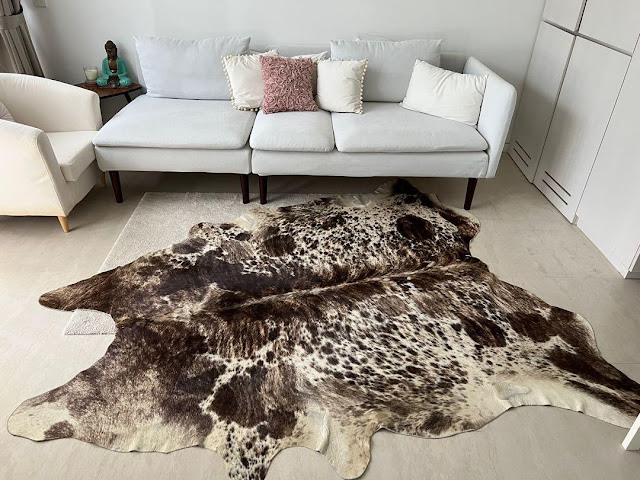Animal Skin Carpets: A Guide to Buying and Caring for Them
Animal skin carpets, also known as hide rugs, have become a popular design trend in recent years. These unique floor coverings are made from the hides of various animals, such as cows, sheep, and even exotic animals like zebra and antelope. If you're considering adding an animal skin carpet to your home, there are a few things you should know. In this article, we'll explore everything you need to know about buying and caring for animal skin carpets.
What are Animal Skin Carpets?
Animal skin carpets are made from the hides of various animals. The hides are cleaned, tanned, and then cut into a rug shape, creating a unique and natural floor covering. These carpets can vary in size and shape, from small accent rugs to large area rugs.
Types of Animal Skin Carpets
There are several different types of animal skin carpets available, each with its own unique look and feel.
Cowhide: Cowhide is the most common type of animal skin carpet and is typically available in a range of natural colors, including black, brown, and white.
Sheepskin: Sheepskin is a soft and cozy option, perfect for adding warmth and texture to any room. It is often used as a throw rug or as a small accent rug.
Exotic Animal Skins: Exotic animal skin carpets, such as zebra and antelope, are a unique and bold option that can add a touch of luxury to any space.
Buying an Animal Skin Carpet
When buying an animal skin carpet, it's essential to consider several factors, including the quality of the hide, the size and shape of the rug, and your budget. Here are a few things to keep in mind when shopping for an animal skin carpet:
Quality: Look for high-quality hides that are free of blemishes, scars, and other imperfections. A high-quality hide will be more durable and last longer than a lower quality hide.
Size and Shape: Consider the size and shape of the rug in relation to the room it will be placed in. A small accent rug may work well in a bedroom, while a large area rug may be more suitable for a living room.
Budget: Animal skin carpets can vary in price, depending on the type of hide and the size of the rug. Set a budget before shopping to ensure that you find a rug that fits within your price range.
Caring for an Animal Skin Carpet
Caring for an animal skin carpet is relatively easy, but there are a few things to keep in mind to ensure that your rug lasts for years to come.
Vacuum regularly: Regular vacuuming is essential to remove dirt and debris from the rug. Be sure to use a vacuum with a beater bar attachment to loosen any dirt that may be trapped in the fibers.
Spot clean as needed: If you spill something on the rug, be sure to spot clean it immediately to prevent any staining. Use a mild detergent and warm water to clean the affected area.
Rotate the rug: To prevent uneven wear and tear, rotate the rug regularly, especially if it is placed in a high-traffic area.
Avoid direct sunlight: Direct sunlight can cause fading and discoloration of the rug over time. Be sure to place the rug in an area that receives indirect sunlight.
In Conclusion
Animal skin carpets can add a unique and natural touch to any home. When buying an animal skin carpet, be sure to consider the quality of the hide, the size and shape of the rug, and your budget. To care for your rug, be sure to vacuum regularly, spot clean as needed, rotate the rug, and avoid direct sunlight. With proper care, your animal skin carpet can last for years, adding beauty and texture to your home.

.jpg)

Comments
Post a Comment